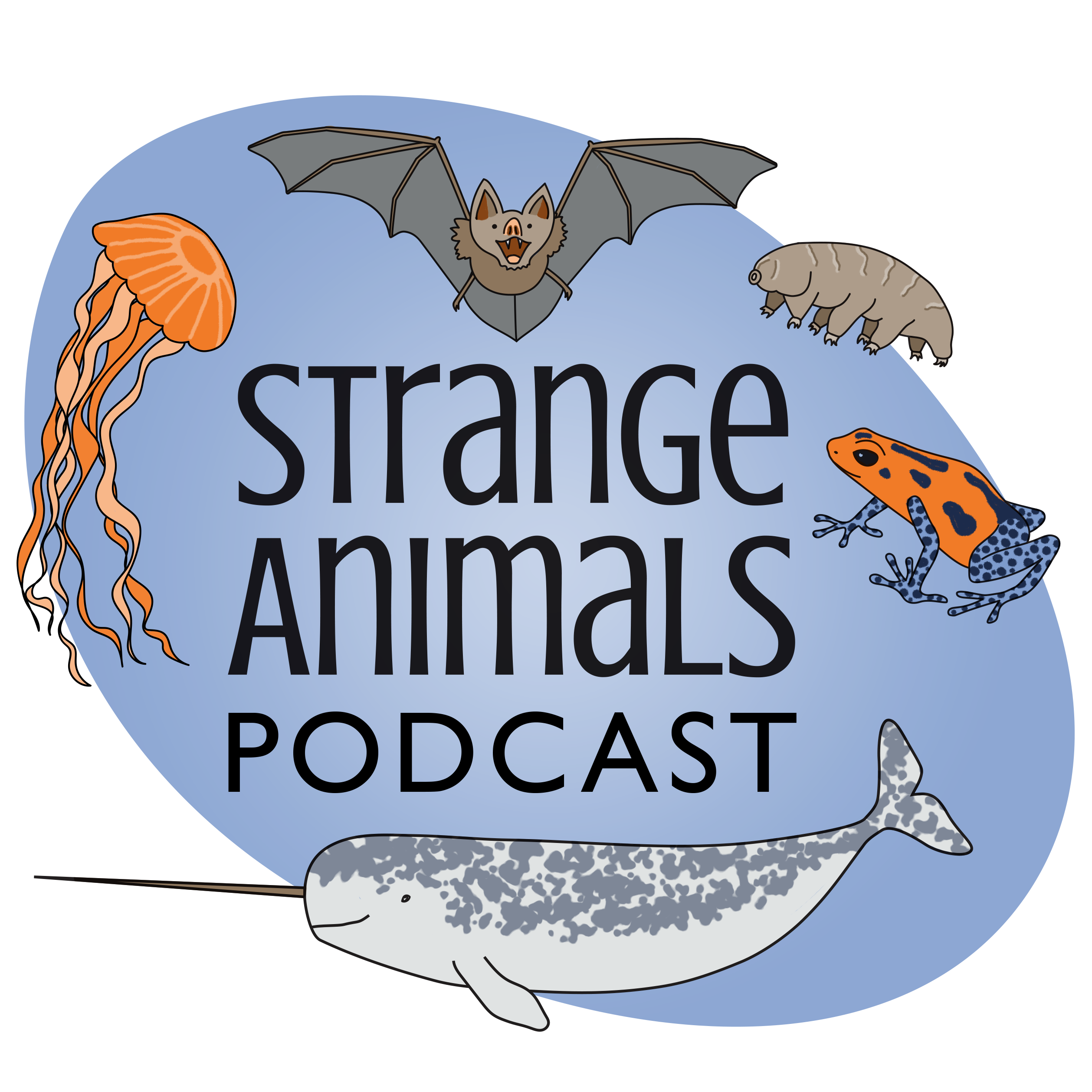Episode 377: The Giant-est Snake Ever

Thanks to Max for suggesting Titanoboa!\n\nFurther reading:\n\nLargest known madtsoiid snake from warm Eocene period of India suggests intercontinental Gondwana dispersal\n\nThis Nearly 50-Foot Snake Was One of the Largest to Slither on Earth\n\nMeet Vasuki indicus, the 'crocodile' that was a 50ft snake\n\nTitanoboa had really big bones compared to its modern relatives:\n\n\n\nVasuki had big bones too:\n\n\n\nShow transcript:\n\nWelcome to Strange Animals Podcast. I\u2019m your host, Kate Shaw.\n\nAlmost exactly two years ago now, Max emailed to suggest we talk about titanoboa. The problem was that we had covered titanoboa in episode 197, and even though there\u2019s always something new to learn about an animal, in this case since titanoboa is extinct there wasn\u2019t much more I could share until new studies were published about it. But as the years passed I felt worse and worse that Max was waiting so long. A lot of listeners have to wait a long time for their suggested episode, and I always feel bad. But still there were no new studies about titanoboa!\n\nWhy am I telling you all this? Because we\u2019re finally going to talk about titanoboa today, even though by now Max is probably old and gray with great-grandkids. But we\u2019re only going to talk about titanoboa to compare it to another extinct snake. That\u2019s right. Paleontologists have discovered fossils of a snake that was even longer than titanoboa!\n\nLet\u2019s start with Titanoboa, because it\u2019s now been a really long time since episode 197 and all I remember about it is that it\u2019s extinct and was way bigger than any snake alive today. Its discovery is such a good story that I\u2019m going to include it too.\n\nIn 1994, a geologist named Henry Garcia found an unusual-looking fossil in Colombia in South America, in an area that had been strip-mined for coal. Fifty-eight million years ago the region was a hot, swampy, tropical forest along the edge of a shallow sea.\n\nGarcia thought he\u2019d found a piece of fossilized tree. The coal company in charge of the mine displayed it in their office along with other fossils. There it sat until 2003, when palaeontologists arranged an expedition to the mine to look for fossil plants. A researcher named Scott Wing was invited to join the team, and while he was there he poked around among the fossils displayed by the mining company. The second he saw the so-called petrified branch he knew it wasn\u2019t a plant. He sent photos to a colleague who said it looked like the jawbone of a land animal, probably something new to science.\n\nIn 2007, the fossil was sent for study, labeled as a crocodile bone. But the palaeontologists who examined the fossil in person immediately realized it wasn\u2019t from a crocodile. It was a snake vertebra\u2014but so enormous that they couldn\u2019t believe their eyes. They immediately arranged an expedition to look for more of them, and they found them!\n\nPalaeontologists have found fossilized remains from around 30 individual snakes, including young ones. The adult size is estimated to be 42 feet, or 13 meters. The largest living snakes are anacondas and reticulated pythons, with no verified measurements longer than about 23 feet long, or 7 meters. Titanoboa was probably twice that length.\n\nBecause titanoboa was so bulky and heavy, it would be more comfortable in the water where it could stay cool and have its weight supported. It lived in an area where the land was swampy with lots of huge rivers. Those rivers were full of gigantic fish and other animals, including a type of lungfish that grew nearly ten feet long, or 3 meters. Studies of titanoboa\u2019s skull and teeth indicate that it probably mostly ate fish.\n\nSo if titanoboa was so huge that until literally a few days ago as this episode goes live, we thought it was the biggest snake that had ever existed, how big was this newly discovered snake? It\u2019s called Vasuki indicus and while it wasn\u2019t that much bigger than titanoboa, estimates so far suggest it could grow almost 50 feet long,